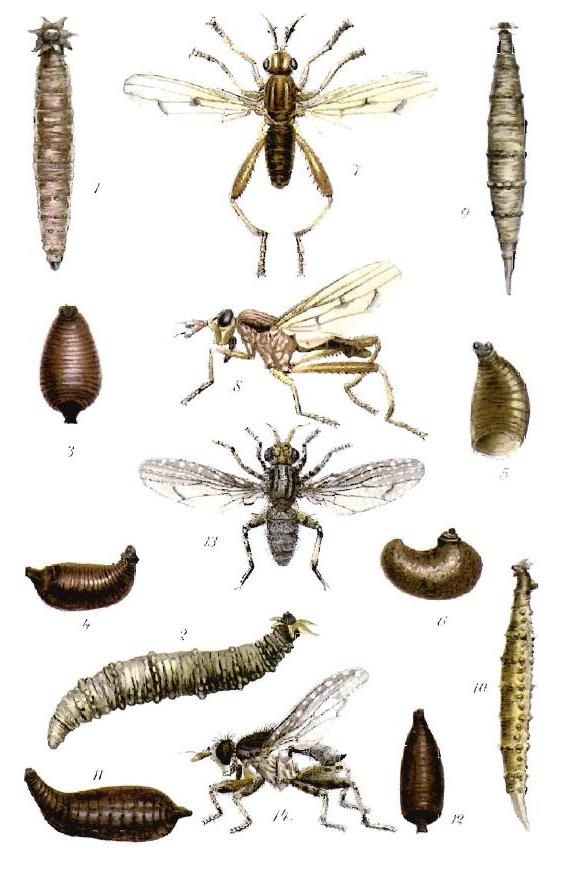Studies on the risks of neonicotinoids have often focused on bees — pollinators vital to farm production that have been experiencing population declines — but “it’s really not just about bees,” said Christy Morrissey, a professor in the Department of Biology at the University of Saskatchewan.
Morrissey spoke in a May 2 webinar presented by USDA. Neonicotinoids were designed as systemic insecticides that move through a whole plant, but the same traits that make them good systemics also cause them to linger in the environment. They have a long half-life in the soil, potentially lasting for years under the right conditions. Unlike other insecticides, they are highly water soluble and don’t break down in water. Neonicotinoids need exposure to ultraviolet light to break down, Morrissey said.
The insecticides are widely used, usually as seed treatments but sometimes as foliar sprays. Though usage is particularly high in corn and soybeans, “there isn’t really a crop that you could list that neonics are not approved for,” Morrissey said. Neonicotinoids are frequently found in surface water and have even been found in groundwater and treated drinking water. In Canada, snow melt brings a dose of neonicotinoids into water bodies before planting in the spring, Morrissey said. In Saskatchewan, 50 to 60 percent of wetland samples exceed the threshold for chronic toxicity to aquatic life. Three-quarters of wetlands in one study contained at least one neonicotinoid. Samples often exceed levels that are safe for aquatic invertebrates. Many wetlands contain more than one neonicotinoid, which amplifies their toxicity.
“The organisms would now be exposed to a more toxic, more persistent compound,” Morrissey said. Research conducted in clean bodies of water indicates that insects may be able to recolonize as the neonicotinoids break down, but “if everything in the surrounding region is contaminated, then you may not have the same degree of recovery,” Morrissey said. Neonicotinoids were developed to be less toxic to humans and other vertebrates than organophosphates, but many invertebrates are affected by neonicotinoids at some concentration. In aquatic settings, insects like flies are generally much more sensitive to the insecticides than crustaceans are.
This information may have fallen through the cracks initially, Morrissey said, because a lot of the testing on neonic toxicity in water was done on an organism that turned out to be “exquisitely insensitive” compared with the other organisms her lab has tested.
After years of research, Morrissey believes that most countries’ designated safe levels of neonicotinoids are too high to protect aquatic life. It can be hard to convince people that changes are needed, though. “Why do we care about losing a few bugs? I hear that a lot,” she said.
A decline in bugs could cause problems for birds. A study in the Netherlands found a 3.5 percent decrease in the average number of insect-eating, farmland-dwelling birds in places where imidacloprid exceeded the safe threshold. In Saskatchewan, tree swallows are highly dependent on aquatic insects, and they time their egg laying and hatching to take advantage of peak food availability. Neonicotinoids seem to cause some types of midges to emerge seven to 11 days earlier than normal, which means the insects aren’t appearing exactly when the birds need them. This seems to force the swallows to forage more aggressively, keeping the adults away from the nest longer than normal.
The baby birds end up with a poorer body condition and, because the adults are away from the nest a lot, face greater risks of predation and chilling. The evidence of harm to the broader environment is still circumstantial, but it’s concerning to a biologist, Morrissey said. It’s hard to say what effect neonicotinoids might have on swallows that eat contaminated insects. The bugs usually die before the birds get to them, Morrissey said.
She has done research on the seed-eating birds that frequent farms. “We see very severe effects of imidacloprid on those songbirds,” Morrissey said. Plants are some of the best tools to reduce neonicotinoid runoff. Vegetated buffers seem to reduce the amount of neonicotinoids that make it to a water body.
Some wetland plants take up the insecticides, potentially reducing aquatic insects’ exposure. It’s not clear what happens to the neonics when the plants die, Morrissey said. Soil health strategies, such as cover cropping, and integrated pest management may also mitigate insecticide runoff. Morrissey suggested that neonicotinoids not be used at all around ecologically sensitive areas.
Source: Lancaster Farming, 12 May 2017
http://www.lancasterfarming.com/farming/technology/insecticides-persist…

- Login om te reageren
